Comparison of coffee producing areas in Kenya | what is the difference between coffee in Neri, Muraya and Sika?
Coincidentally, I recently got a batch of beans from Kenya, they come from different producing areas of Kenya, so the flavor will be very different? We baked the oven separately for cup test and comparison, and today the editor would like to share the results of the comparison with you!
| | production area |
There are three producing areas for this comparison: Nyeri, Thika and murang'a. The three beans are from Gassassi in Neri, asali in Sika and Gachina in Muraya.
* Nyeri producing area
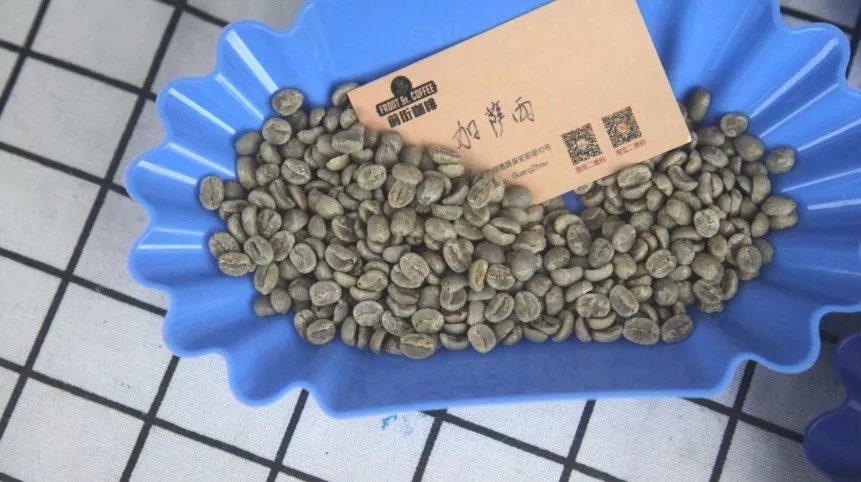
Nyeri, located to the west of the Kenyan Mountains in the central part of the country, is home to a lot of good coffee in Kenya. Nyeri, located in central Kenya, is home to the extinct volcano Mount Kenya. The red soil in this area breeds the best coffee in Kenya.
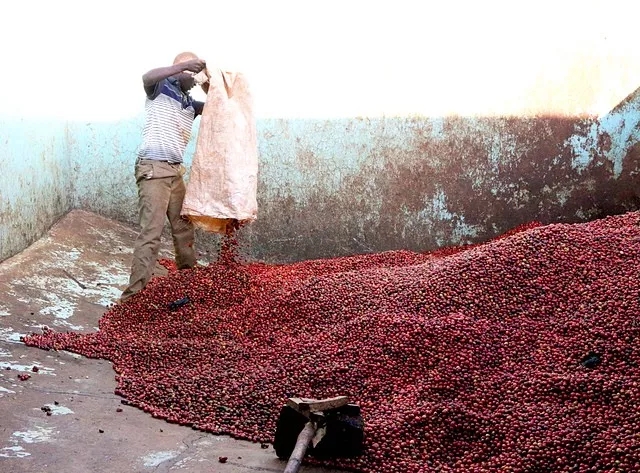
Agriculture is extremely important here; coffee is the most important crop. Common cooperatives made up of small farmers are more common than large manors. The area has two harvests a year, but coffee from the end of the year is usually of high quality.
* Thika producing area
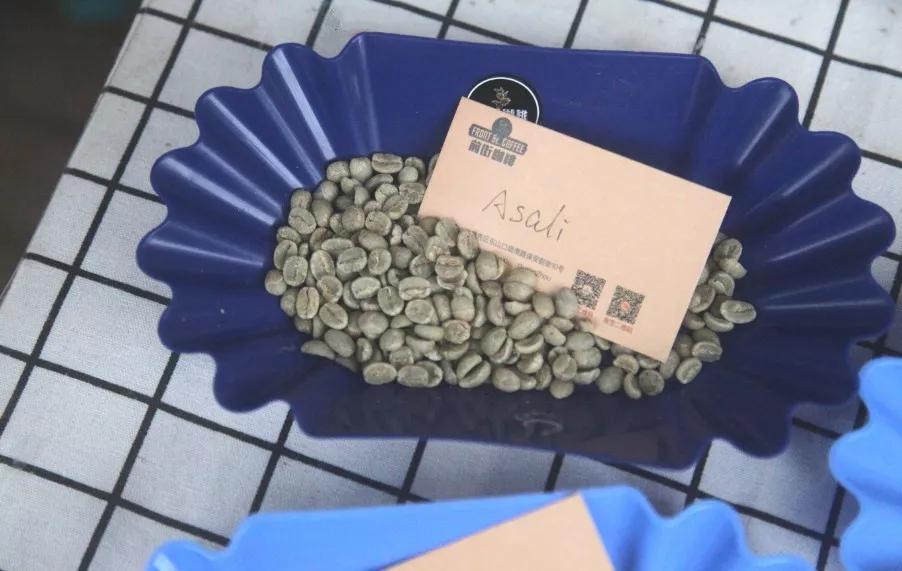
Sika is a small town in Nairobi, the capital of Kenya. There are many coffee fields around Nairobi, and Sika is an industrial town, but surrounded by agriculture and waterfalls. There are about 2000 farmers in Sika.
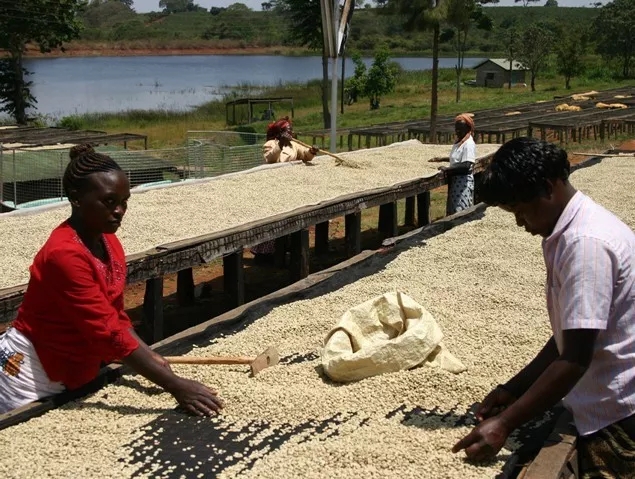
The planting history of Kenyan Sika coffee can be traced back to the end of the 19th century. Coffee trees were introduced from neighboring Ethiopia in the north and improved by their own varieties. At present, the common varieties are Bourbon, Kents, SL34, SL28, Typica and Riuri 11. Now about 90% of the coffee varieties are SL34 and SL28. The new variety Batian published in 2007 has not been planted in large quantities.
* murang'a producing area
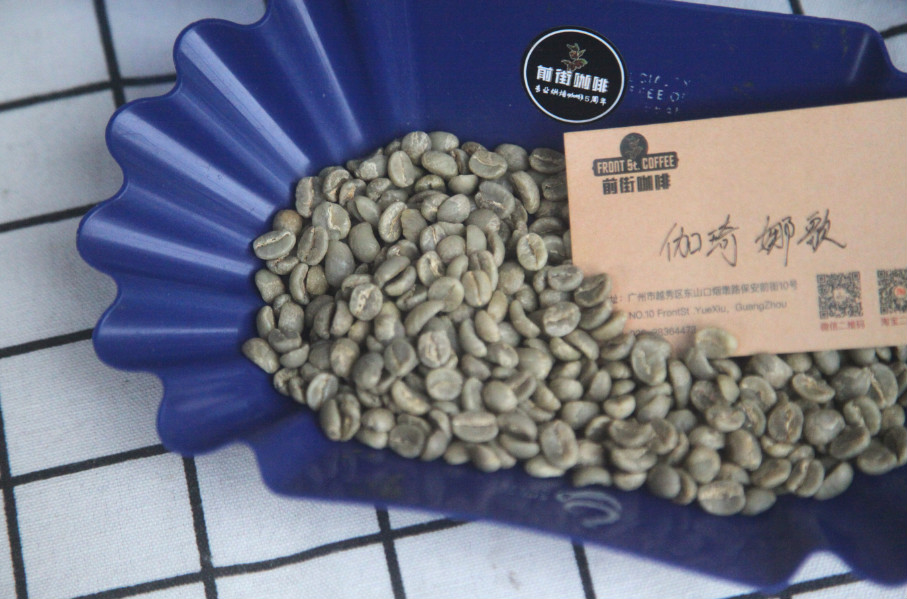
There are about 100000 coffee farmers in the Mulaya producing area, which belongs to the central province. This inland producing area was the place of settlement chosen by the first missionaries because Portugal banned them from living in coastal areas. It is also another producing area that benefits from volcanic soil, with more small coffee farmers than manors.
| | Variety
The three Kenyan varieties are SL28 and SL34, which are selected by the Kenyan authorities for Scott Labs to select coffee varieties suitable for growing in Kenya. After numbering one by one, SL-28 and SL-34 are finally obtained, both of which originated in Bourbon, and SL-34 can grow at lower elevations.
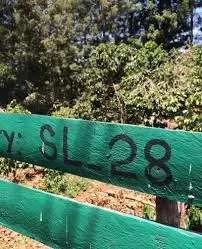
SL34 is similar to SL28 in flavor, with a heavier, fuller and cleaner finish than SL28, except for its complex acidity and great sweetness. SL34 has French missionaries, bourbon, and more Ironka lineage. Dou looks similar to SL28, but is more adaptable to sudden heavy rain.
| Kenya 72-hour exquisite washing treatment

Originated in Kenya, the cycle repeated treatment method of washing after fermentation was adopted to select the best quality cherries for peeling and fermentation. the fermentation time was 24 hours and washed with clean river water after 24 hours. Then, it was fermented again with clean river water for 24 hours, then washed, and repeated 3 times for 72 hours, so it was called Kenyan 72-hour fermentation water washing treatment, abbreviated as [K72].
| | comparison of raw beans |
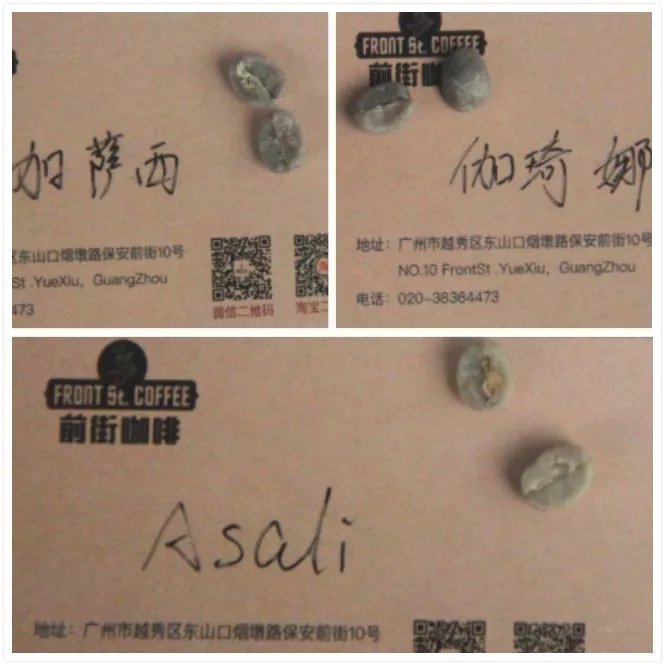
From the point of view of raw beans, they are all blue-green with typical washing treatment, but these two beans are darker because of their high moisture content, while those of [asali] are more yellow.
Among the three beans, the raw beans of [Gassassi] will be larger, while those of [Gachina Song] and [asali] will be relatively smaller.
| | comparison of baking |
[Gassassi]
The yellow point turns to 5:20 seconds, the first explosion begins at 8:25 seconds, the temperature is 184.4, the development of an explosion comes out at 2:20 seconds, the temperature is 192.6 degrees.
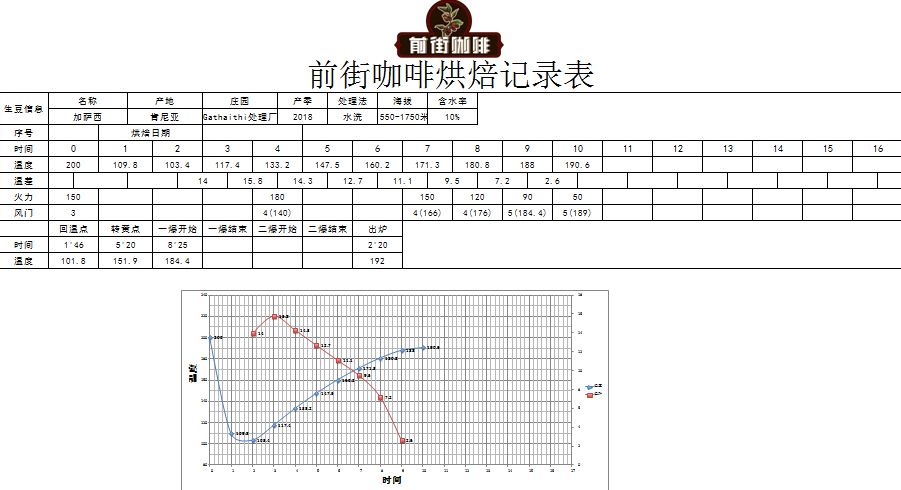
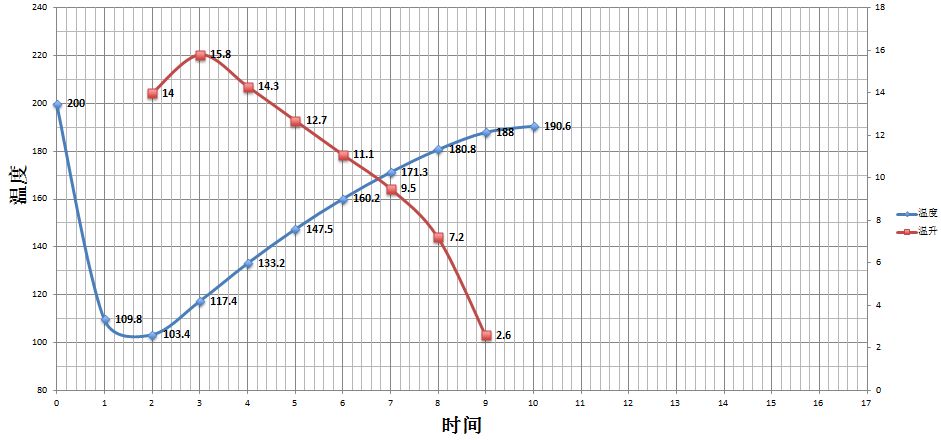
Agrton bean color value is 61.5 (above), Agrton pink value is 78.3 (bottom) Roast Delta value is 16.8.
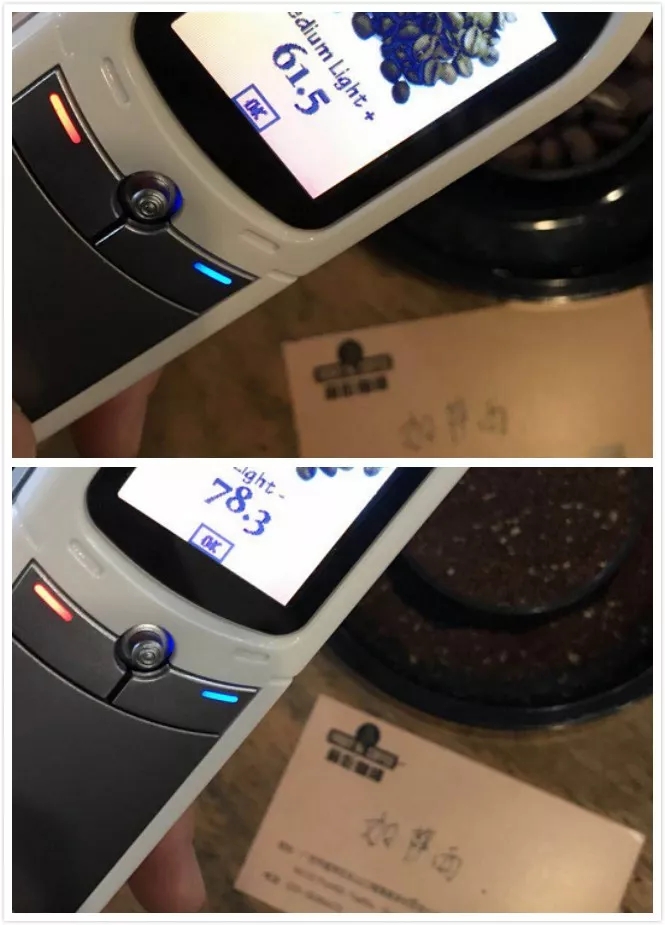
[Jiaqina Song]
The yellow point turns to 5:10 seconds, the first explosion begins at 8:27 seconds, the temperature is 185.5, the development of an explosion comes out at 2:20 seconds, the temperature is 194.3 degrees.
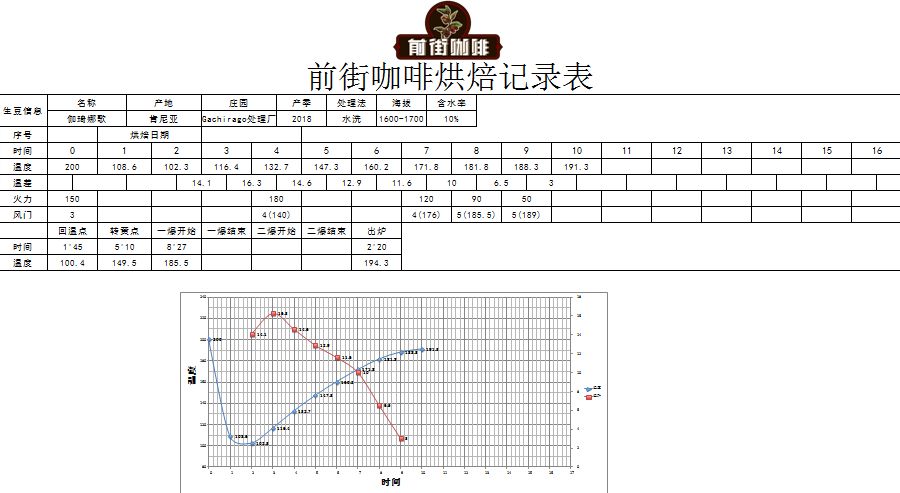

The Agrton bean color value is 64.4 (above) and the Agrton pink value is 72.6 (bottom). The Roast Delta value is 8.2.
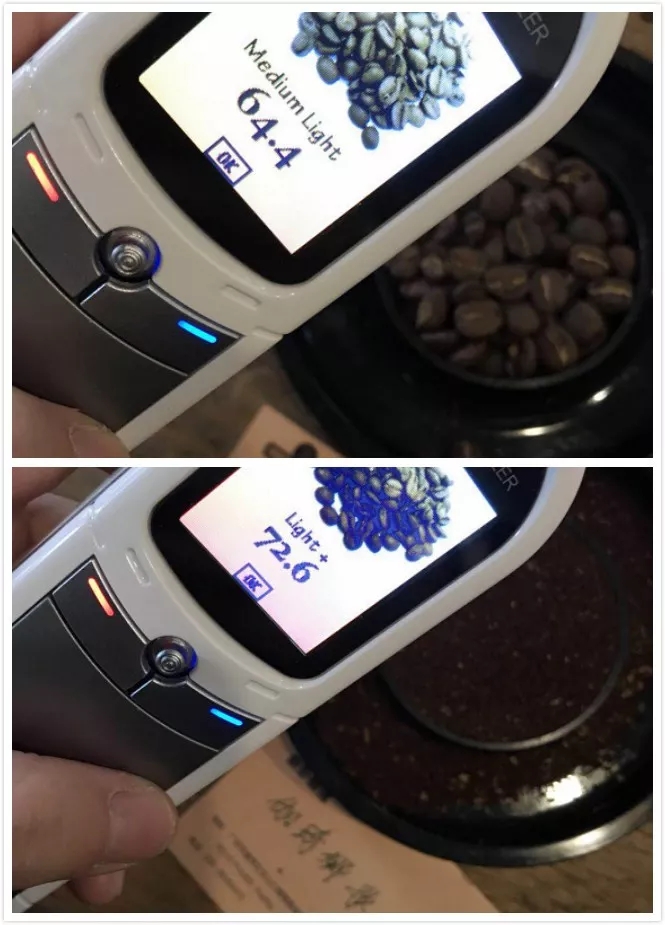
[asali]
The yellow point turns to 5:30 seconds, the first explosion begins at 8:52 seconds, the temperature is 187.3, the development of an explosion comes out at 2:10 seconds, the temperature is 191.6 degrees.
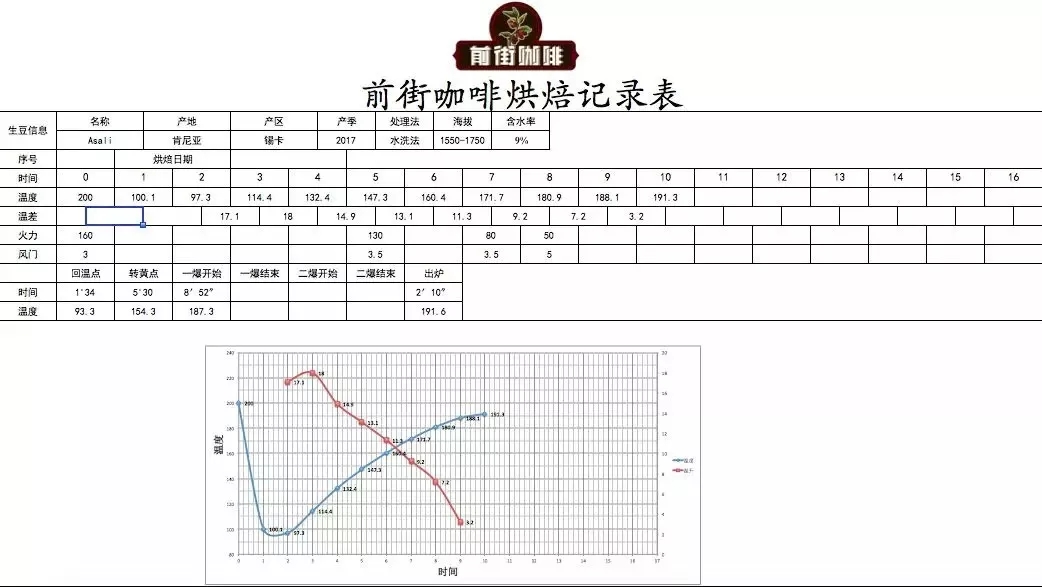
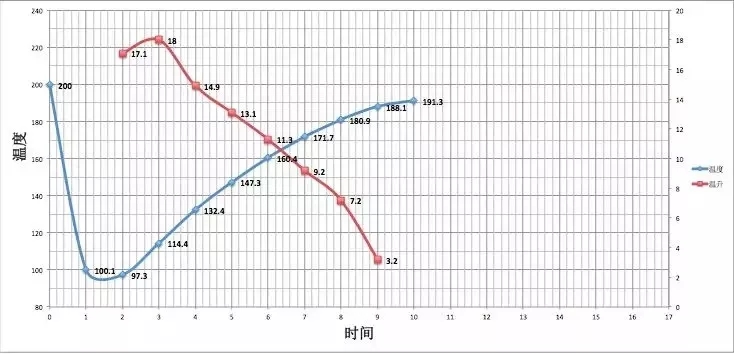
The Agrton bean color value is 67 (above), the Agrton pink value is 79.9 (bottom), and the Roast Delta value is 12.9.

| Flavor comparison
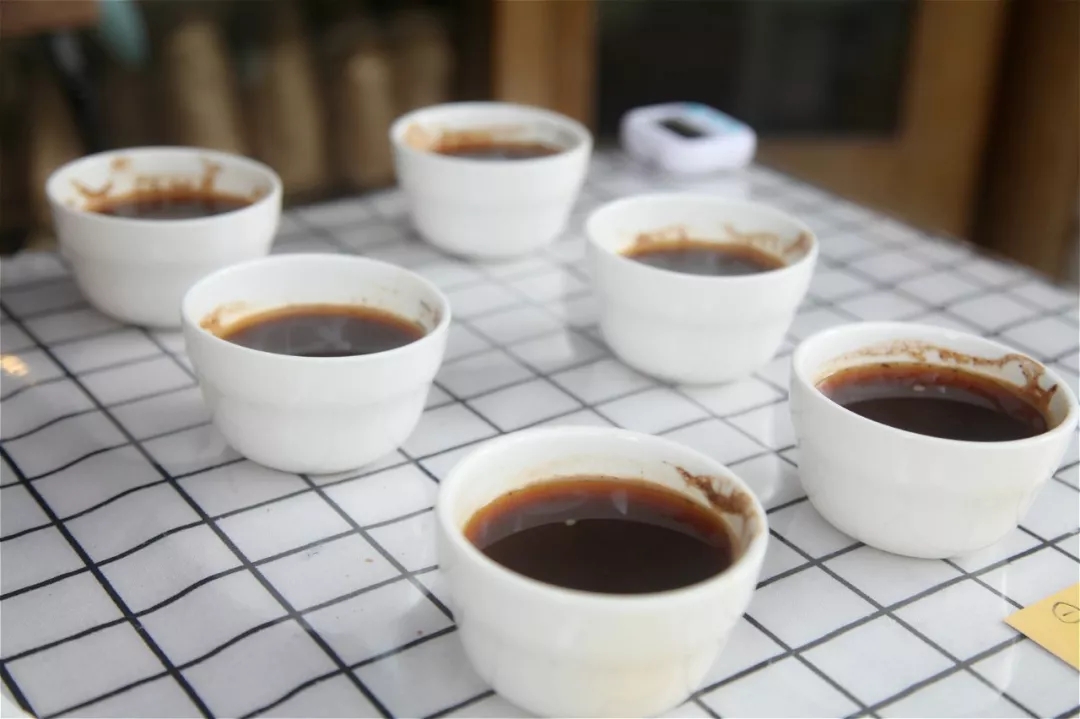
We made a cup test and comparison of these three beans.
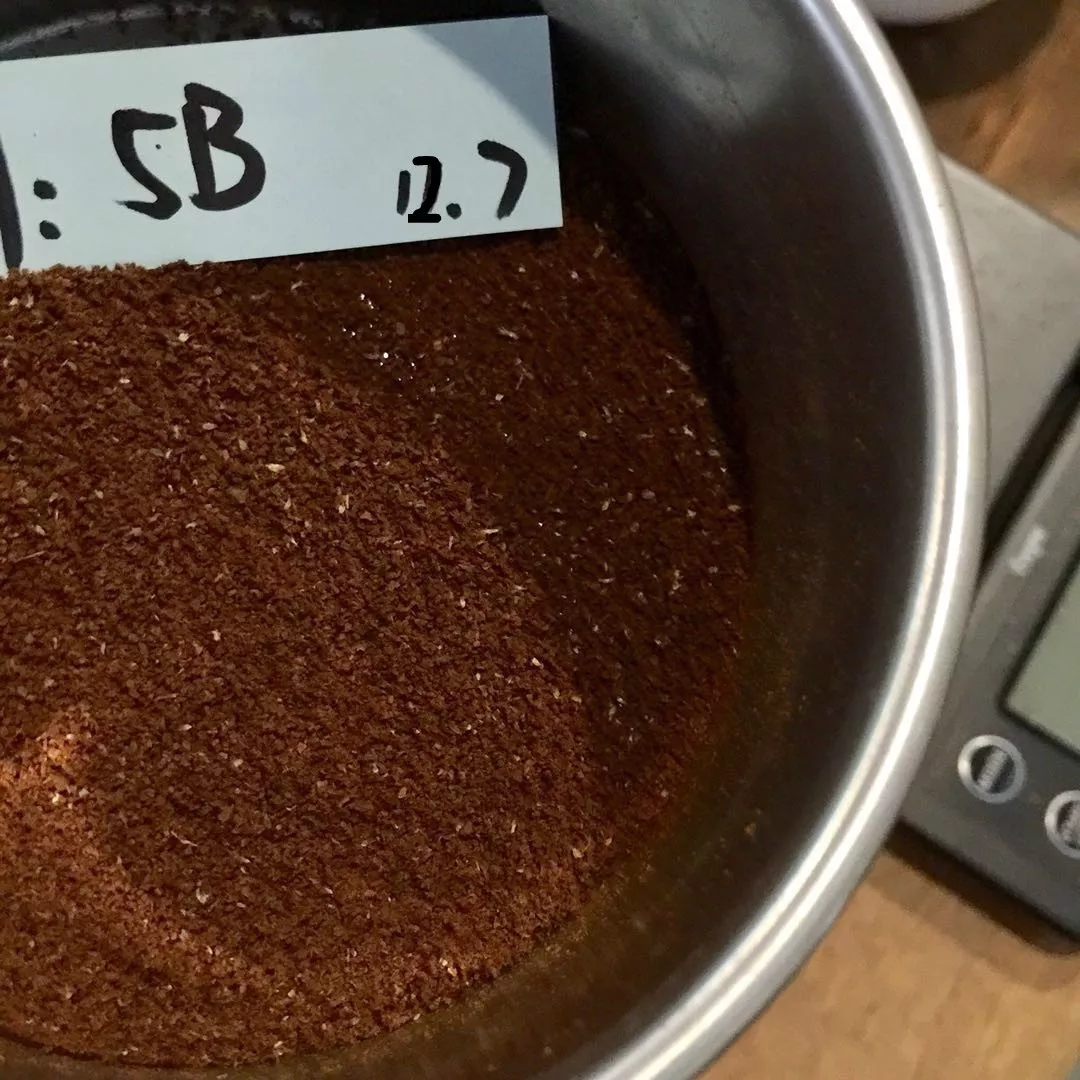
Grind BG 5B (the pass rate of Chinese standard No. 20 screen 70% Mur75%), say 8.3g powder, pour into 150g 94 ℃ hot water, soak for two minutes, smell the wet fragrance, break the slag and pick up the residue after four minutes, and then you can start to suck.
[Gassassi]
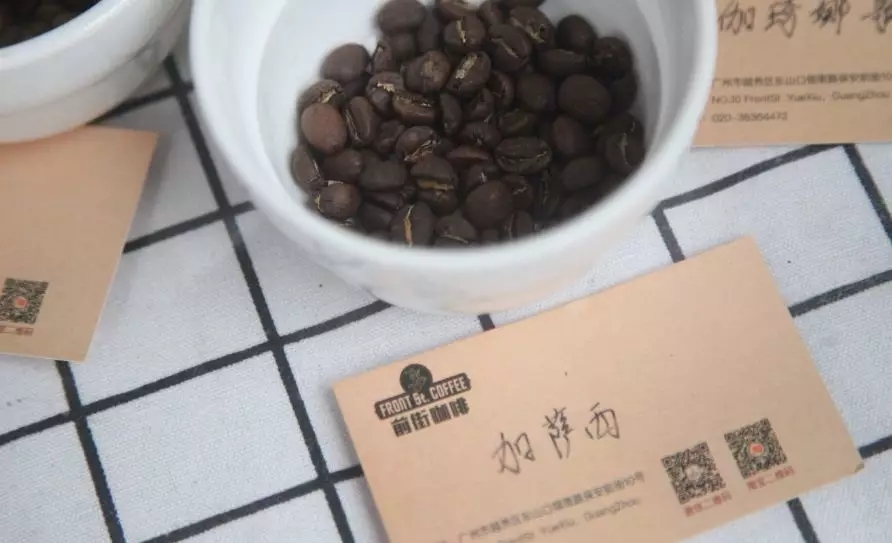
When sipping, you can feel the acidity and sweetness of raspberries, plums, lemons and oranges, with a hint of berries and cream in the finish. It has high acidity, medium taste and clean flavor, but it has a slight woody flavor when it is hot.
[Jiaqina Song]
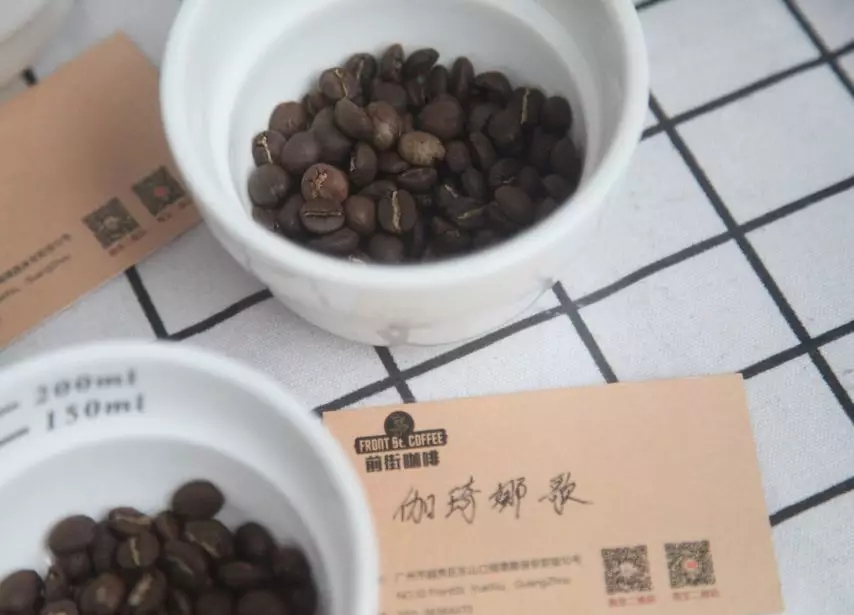
There are tomatoes, berries, black plums, cocoa, caramel and an obvious sense of tea when sipping. The fruit is sour and bright, the overall feeling is relatively clean, with a honey finish, but with a little woody flavor.
[asali]

It has the flavor of virgin fruit and black plum, bright acidity, clean taste, medium body, outstanding sweetness in the middle, juicy, raspberry and yellow sugar on the finish, and green tea aroma.
| | Summary |
After comparing the beans from three producing areas, it is found that due to the characteristics of red phosphate soil and SL varieties, most Kenyan beans will have a relatively obvious berry flavor similar to virgin fruit and bright acidity when baked in light, but the only drawback is that Kenyan beans are more prone to woody taste.
Important Notice :
前街咖啡 FrontStreet Coffee has moved to new addredd:
FrontStreet Coffee Address: 315,Donghua East Road,GuangZhou
Tel:020 38364473
- Prev
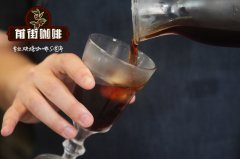
What is the standard of Jamaican Blue Mountain Coffee? Real price list of Jamaican Blue Mountain Coffee
Professional coffee knowledge exchange more coffee bean information please follow the coffee workshop (Wechat official account cafe_style)
- Next
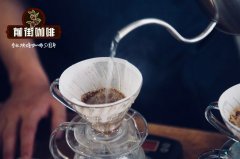
How to cook the El Salvador Wula Mountains? what are the famous manors in El Salvador Wula Mountains?
Professional coffee knowledge exchange more coffee bean information Please follow coffee workshops (official Wechat account cafe_style) by the late 1970s, coffee exports accounted for 50% of GDP, but socio-economic and political upheavals plunged the country into civil war for more than a decade, while in the 1980s, various land redistribution programs and land reform disjointed the coffee industry, leading to a decline in the market. By
Related
- Detailed explanation of Jadeite planting Land in Panamanian Jadeite Manor introduction to the grading system of Jadeite competitive bidding, Red bid, Green bid and Rose Summer
- Story of Coffee planting in Brenka region of Costa Rica Stonehenge Manor anaerobic heavy honey treatment of flavor mouth
- What's on the barrel of Blue Mountain Coffee beans?
- Can American coffee also pull flowers? How to use hot American style to pull out a good-looking pattern?
- Can you make a cold extract with coffee beans? What is the right proportion for cold-extracted coffee formula?
- Indonesian PWN Gold Mandrine Coffee Origin Features Flavor How to Chong? Mandolin coffee is American.
- A brief introduction to the flavor characteristics of Brazilian yellow bourbon coffee beans
- What is the effect of different water quality on the flavor of cold-extracted coffee? What kind of water is best for brewing coffee?
- Why do you think of Rose Summer whenever you mention Panamanian coffee?
- Introduction to the characteristics of authentic blue mountain coffee bean producing areas? What is the CIB Coffee Authority in Jamaica?

